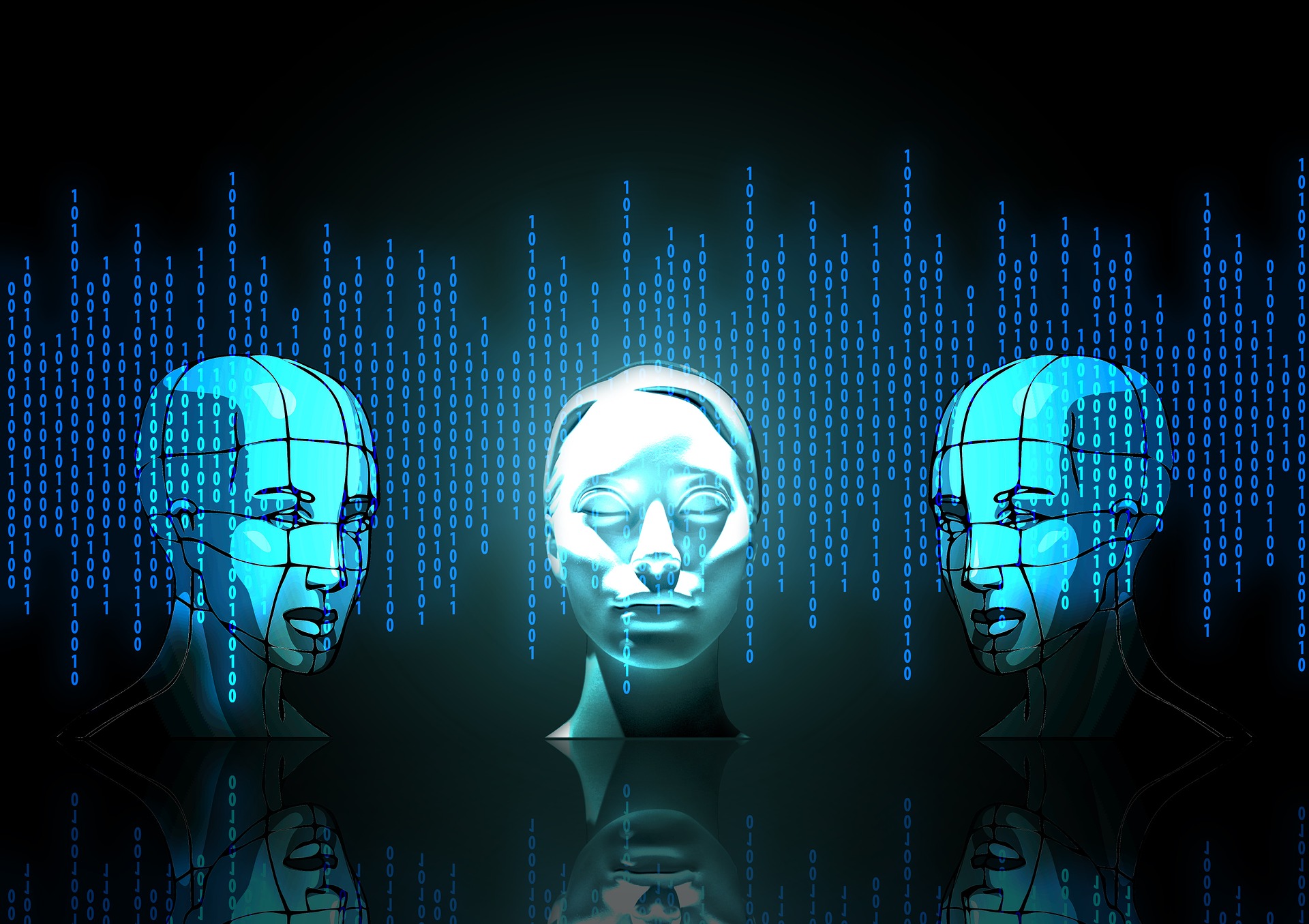What is a digital twin?
Digital twins, digital doubles – what exactly do these terms mean? Raksmey Phan, an engineer at the Mines Saint-Étienne Centre for Biomedical and Health Engineering (CIS)[1], talks to us about the advantages and advances offered by these new tools, as well as the issues involved.
What does a digital twin refer to?
Raksmey Phan: If you have a digital, mathematical model representing a real system, based on data from this real system, then you have a digital twin. Of course, the quality of the digital twin depends first and foremost on the mathematical model. Industrial ovens are a historic example that can help explain this idea.
To create a digital twin, we record information about the oven, which could include its operating hours or the temperature each time it’s used. Combined with algorithms that take into account the physical components that make up the oven, this digital twin will calculate its rate of wear and tear and anticipate breakdown risks. The use of the oven can then be monitored in real time and simulated in its future state with different use scenarios in order to plan for its replacement.
In what fields are they used?
RP: They can be used in any field where there is data to be recorded. We could say that climatologists make a digital twin of our planet: based on observational data recorded about our planet, they run simulations, and therefore mathematical models, resulting in different scenarios. To give another example, at the Mines Saint-Étienne CIS, we have scientists such as Xiaolan Xie, who are internationally renowned for their experience and expertise in the field of modeling healthcare systems. One of our current projects is a digital twin of the emergency department at Hôpital Nord de Saint-Étienne, which is located 200 meters from our center.
What advantages do digital twins offer?
RP: Let’s take the example of the digital twin of the emergency room. We’ve integrated anonymized patient pathways over a one-year period in a model of the emergency room. In addition to this mathematical model, we receive data in what can be referred to as ‘pseudo-real time,’ since there is a lapse of one hour from the time patients arrive in the department. This makes it possible for us to do two important things. The first is to track the patients’ movement through the department in pseudo-real time, using the data received and the analysis of pathway records. The second is the ability to plan ahead and predict future events. Imagine if there was a bus accident in the city center. Since we know what types of injuries result from such an accident, we can visualize the impact it would have on the department, and if necessary, call in additional staff.
What did people do before there were digital twins?
RP: Companies and industries were already using the concept before the term existed. Since we’ve been using machines, engineers have tried to monitor tools with replicas – whether digitally or on paper. It’s a bit like artificial intelligence. The term is back in fashion but the concept goes back much further. Algorithms are mathematics, and Napoleon used algorithms for his war logistics.
When did the term digital twin first start to be used?
RP: The term ‘digital twin’ was first used in 2002 in articles by Michael Grieves, a researcher at the Florida Institute of Technology. But the concept has existed since we have been trying to model real phenomena digitally, which is to say since the early days of computing. But there has been renewed interest in digital twins in recent years due to the convergence of three scientific and technological innovations. First, the impressive growth in our ability to analyze large amounts of data — Big Data. Second, the democratization of connected sensors — the Internet of Things. And third, renewed interest for algorithms in general, as well as for cognitive sciences — Artificial Intelligence.
How have the IoT and Big Data transformed digital twins?
RP: A digital twin’s quality depends on the quantity and quality of data, as well as on its ability to analyze this data, meaning its algorithms and computing capacity. IoT devices have provided us with a huge amount of data. The development of these sensors is an important factor – production has increased while costs have decreased. The price of such technologies will continue to drop, and at the same time, they will become increasingly accurate. That means that we’ll be able to create digital twins of larger, more complex systems, with a greater degree of accuracy. We may soon be able to make a digital twin of a human being (project in the works at CIS).
Are there technological limitations to digital twins?
RP: Over the last five years, everything’s been moving faster at the technological level. It’s turned into a race for the future. We’ll develop better sensors, and we’ll have more data, and greater computing power. Digital twins will also follow these technological advances. The major limitation is sharing data – the French government was right to take steps towards Open Data, which is free data, shared for the common good. Protecting and securing data warehouses are limiting factors but are required for the technological development of digital twins. In the case of our digital twin of the hospital, this involves a political and financial decision for hospital management.
What are some of the challenges ahead?
RP: The major challenge, which is a leap into the unknown, is ethics. For example, we can assess and predict the fragility of senior citizens, but what should we do with this information after that? If an individual’s health is likely to deteriorate, we could warn them, but without help it will be hard for them to change their lifestyle. However, the information may be of interest to their insurance providers, who could support individuals by offering recommendations (appropriate physical activity, accompanied walks etc.) This example hinges on the issues of confidentially and anonymization of data, not to mention the issue of informed consent of the patient.
But it’s incredible to be talking about confidentiality, anonymization and informed consent as a future challenge — although it certainly is the case — when for the past ten years or so, a portion of the population has been publishing their personal information on social media and sharing their data with wellness applications whose data servers are often located on another continent.
[1] Raksmey Phan is a researcher at the Laboratory of Informatics, Modelling and Optimization of the Systems (LIMOS), a joint research unit between Mines Saint-Étienne/CNRS/Université Clermont-Auvergne.
Read on I’MTech:




Leave a Reply
Want to join the discussion?Feel free to contribute!